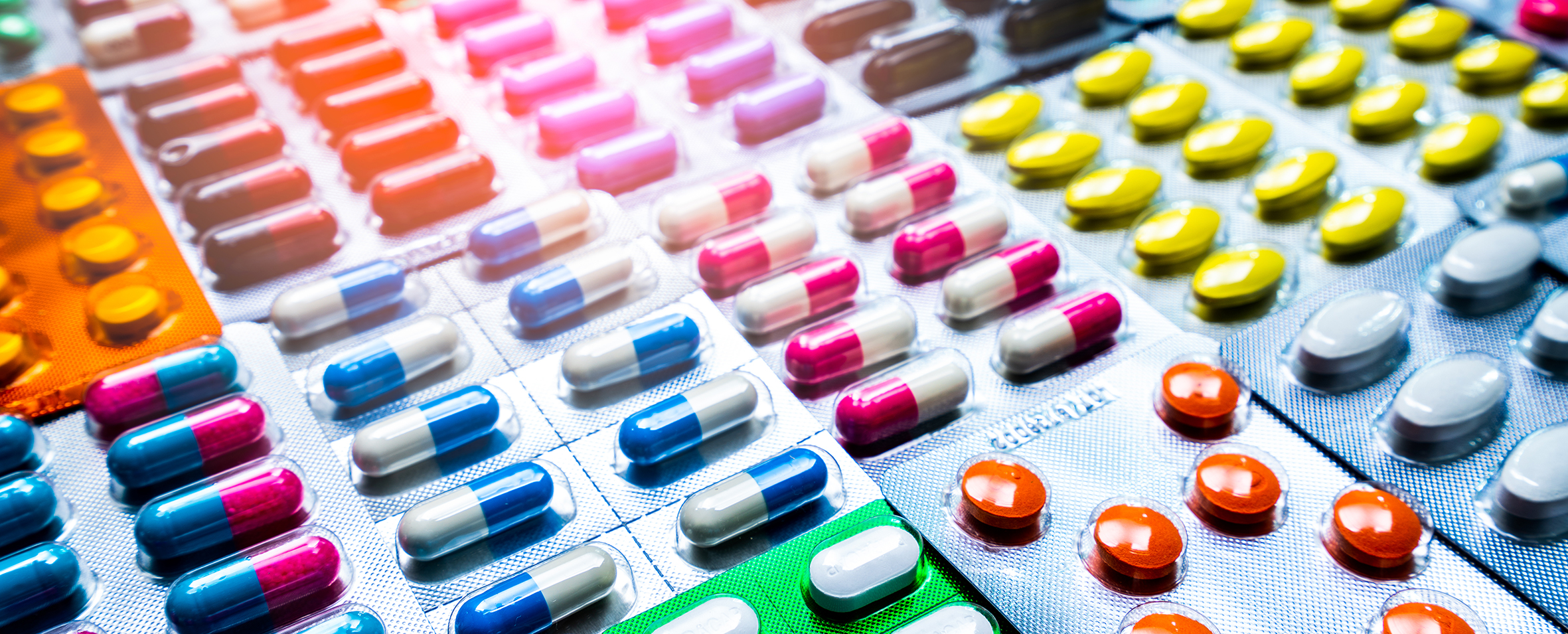Individuals who experiment with substances may not consider what is a depressant, what a hallucinogen is, or what type of drug cocaine is.
Many only know that drugs produce certain desired effects.
However, there are many types of drugs, which each work on the body and brain in different ways. Knowing the different drug types can help prevent overdose, addiction, and other problems associated with drug abuse.
Below we’ll explore some drug types, and how they’re different and similar to each other.
7 Different Drug Types
According to the Substance Abuse and Mental Health Services Association (SAMHSA), in 2019, 60% of Americans aged 12 years or older used some type of substance. This accounts for commonly used drugs, such as marijuana and alcohol, and lesser-used drugs, such as inhalants and certain forms of anesthetics.
There are dozens of drug types, but we’ll look at a few of the more well-known drug types. There are seven important drug categories:
- Central nervous system (CNS) depressants
- CNS stimulants
- Narcotics analgesics
- Marijuana
- Hallucinogens
- Inhalants
- Dissociative anesthetics
Each of these drugs induces mind-altering effects, which may first be enjoyable, but can turn dangerous. Some are illegal, others are only available by prescription, and some can be bought legally. Let’s take a closer look at each drug type.
Central Nervous System Depressants
Substances that fall under this category slow down functions in the central nervous system, which is responsible for controlling many bodily functions, such as breathing and heart rate.
Some CNS depressants are:
- Alcohol
- Barbiturates
- Tranquilizers, such as Valium, Librium, Xanax, Prozac, and Thorazine
- Gamma Hydroxybutyrate (GHB)
- Rohypnol
- Antidepressants, such as Zoloft and Paxil
- Benzodiazepines
- Flunitrazepam
- Methaqualone
These drugs bring relaxation to the body and can relieve stress and anger. Sometimes these drugs are referred to as “downers.” Many CNS depressants are prescribed to patients experiencing depression and anxiety.
Central Nervous System Stimulants
Working in contrast to depressants, stimulants speed up the nervous system. These drugs are called “uppers” because they bring bursts of energy, confidence, and sensitivity to light and touch.
Some CNS stimulants are:
- Cocaine and crack cocaine
- Methamphetamines
- Amphetamine
- Ritalin
- Cylert
The danger with stimulants is how long they last. Unlike depressants, which work slowly on the body, stimulants produce a rush of stamina that wears off quickly.
This can cause someone to crave more of the drug, which may result in a binge lasting days. When consumed in bulk, stimulants can cause paranoia, insomnia, and aggression.
Narcotic Analgesics
Narcotics are sometimes lumped into the depressant drug type because, similar to depressants, they bring relaxation. However, these drugs can be stronger and more addictive.
This drug type is mostly made up of opioids, which create a numbing effect in the body and a rush of euphoria upon ingestion.
Some narcotic analgesics include:
- Codeine
- Heroin
- Fentanyl
- Opium
- Demerol
- Darvon
- Morphine
- Methadone
- Vicodin
- Oxycontin
- Acetaminophen
Opioids have recently made headlines because of the alarming number of opioid-related overdose deaths. Overdoses can occur for many reasons, especially when an individual unknowingly ingests fentanyl — which is much more potent than other drugs — thinking it’s heroin or cocaine.
Marijuana
Some will group marijuana together with hallucinogens. However, marijuana and related drugs containing cannabinoids, such as hashish and dronabinol, don’t fit neatly into one category. Interestingly, marijuana can have depressant, stimulant, and hallucinogenic effects.
Cannabis-related products will create a sense of euphoria and relaxation, with a high lasting anywhere from one to two hours. Long-term effects are memory problems and coordination issues. Recently, it’s been prescribed for chronic pain and eating disorders.
Hallucinogens
Hallucinogens cause significant changes in the brain while under the influence, making the individual see and feel things that are not there. Self-control, speech, and movement are all affected in the short term and can induce psychosis in some who are not used to the drug, or those who have abused it for a long time.
Hallucinogens include:
- Lysergic acid diethylamide (LSD)
- Mescaline
- Psilocybin
- Peyote
- MDMA
Inhalants
Effects from these drugs are felt immediately and cause significant brain damage. This comes from oxygen deprivation in the brain, causing a rapid heart rate, disorientation, and coordination problems.
Many inhalants can be everyday household items, which makes them very easy to access.
Examples of inhalants include:
- Paint thinner
- Aerosol spray
- Laughing gas
- Gasoline
- Glues
- Toluene
- Plastic cement
- Hair spray
Dissociative Anesthetics
These drugs cut off the brain’s ability to feel pain. This can make someone feel invincible, inducing dangerous and violent behavior.
Some dissociative anesthetics are:
- Phencyclidine (PCP)
- Dextromethorphan
Receiving Help for Drug Abuse
Abusing any of these substances can turn into drug addiction, which requires long-form treatment. By entering an inpatient rehabilitation program or attending a 12-step support group, you or a loved one can recover from a substance use disorder. To ensure you choose the right drug addiction treatment at the correct facility, it is important to do your research properly.





